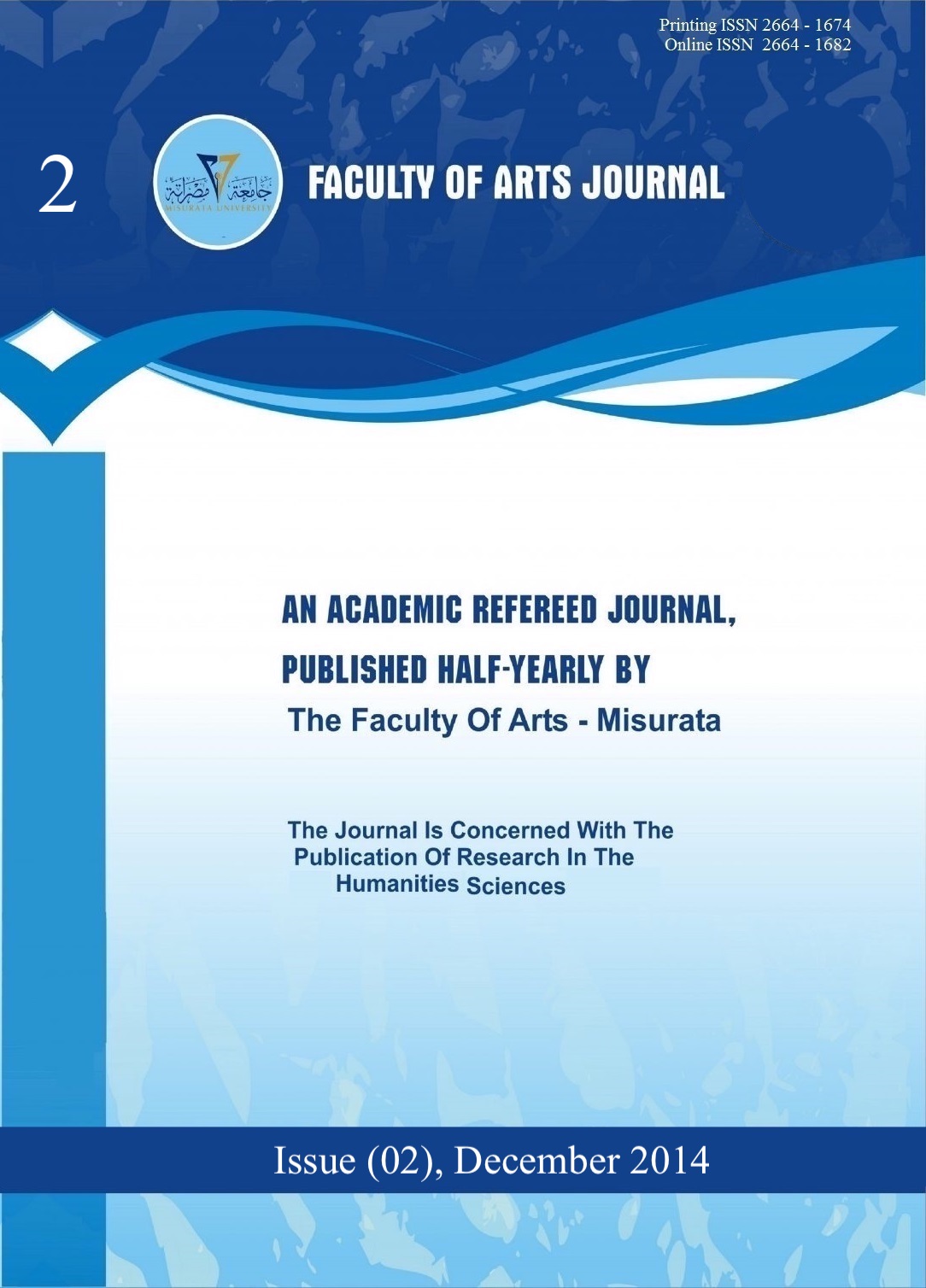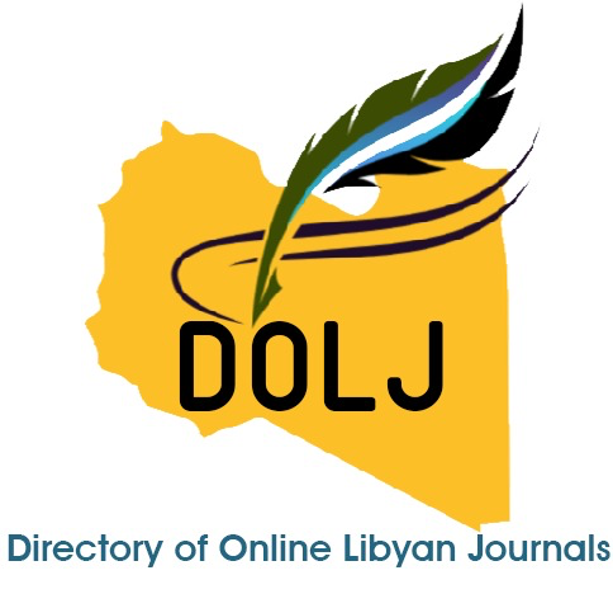Economic Activity in Ancient Libya
DOI:
https://doi.org/10.36602/faj.2014.n02.05Keywords:
Ancient Libya, prehistoric era,, Phoenician period, rock art, geographical environmentAbstract
This research examines the economic activities in ancient Libya, from prehistoric times to the end of the Phoenician period, within the geographical boundaries stretching from the western banks of the Nile to Cape Solous on the Atlantic Ocean. It aims to investigate the economic conditions and the role of the geographical environment in shaping the main crafts and livelihoods. The study analyzes various forms of economic activity practiced by Libyan tribes, such as hunting, herding, agriculture, trade, and industry. It also explores the influence of climatic changes and settlement patterns. The research adopts a historical narrative-analytical approach and relies on archaeological evidence, including inscriptions, rock art, and classical sources by Greek and Roman historians such as Herodotus, Pliny, and Lucan. It seeks to interpret this material to uncover the economic dimensions of ancient Libyan life.
Downloads
Published
How to Cite
Issue
Section
License
Copyright (c) 2014 عمران أحمد الشريف

This work is licensed under a Creative Commons Attribution 4.0 International License.
All works published in this journal are licensed under the Creative Commons Attribution 4.0 International License (CC BY 4.0), which permits use, sharing, adaptation, and redistribution for any purpose, including commercial ones, provided that proper credit is given to the original author and source, a link to the license is provided, and any changes made are indicated.
















